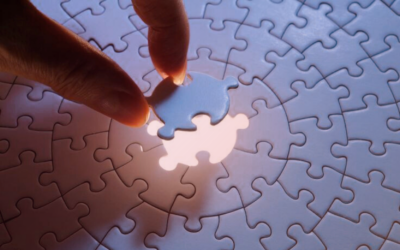Humans are visual by nature, and since 90% of all information processed by the brain is visual, why wouldn’t we be? In a time where our senses are constantly being flooded with content, a logo is no longer enough to make brands stand out. Look past the logo and you’ll see that visual language is what supports the big picture. Investing the time and money into adopting an innovative and memorable visual language can easily set a business apart from the sea of other brands fighting to be seen.
Your logo is your public identifier in the form of a graphic, think of it as the face of a company. The history of logos dates back to ancient family crests, hieroglyphs and symbolism. Early versions of logos emerged in the Middle Ages used by shops and taverns to easily represent what they did. Back then it was exactly that, easy. A product, a name and a logo. If it used to be so simple, why do we have to work so hard to be known now?
When marketing began to make its mark in the 1900s (thanks to Coca Cola, Jell-O and John Deere) the market was less saturated. People were less aware of the way ads influenced them and found it harder to decipher when they were being sold products and services. Today the public is overtly aware of when they are being targeted by marketing and reject sales tactics responding to emotional connections instead. Marketing used to be about one-way communication that’s purpose was to sell a product. Today the aim is to create a two-way conversation that connects audiences to a brand. We need more to stand out amongst the other players and gain a competitive advantage. Simple logo use is so yesterday, now it’s all about creating communications that enhance your brand recognition.
Logo vs visual language
If you’ve ever played the board game; The Logo Game, you’ll know how strongly logos influence the way we remember brands and how effective their visual elements are. Your logo is your business’ identifier, your mark or icon and while it is essential, it is only the first step in brand image creation. Visual language differs from your logo, it builds your brand identity and consists of graphics that support the logo to assist in telling a narrative for your brand that connects with people and tells them your story.
A visual language goes beyond simple brand standards by defining a specific style for all branded content, giving you more ways to be recognised beyond your logo. Considering the different ways brands communicate these days, it is optimal to have a range of associated elements that tell your story. These elements often include a secondary colour palette and fonts as well as the logo and brand assets to create varied imagery while keeping a consistent thread throughout communications. These pieces work together to tell the narrative of your brand.
Visual language is your new best friend
Your logo is only the tip of the iceberg when it comes to branding, it does not depict your brand as a whole. If you plaster your logo everywhere, sure people will see it but what are you really telling them? Your logo is a signifier for you but it can’t communicate your branding or message to an audience. Instead, you want to create an arsenal of elements that subtly remind the public that “Hey! We still exist and this is what we’ve been up to” allowing them to actively absorb messaging and decide whether to take action.
Too often, businesses fall short on the extra step of investing in visual language and content becomes mixed, cluttered and ultimately confusing. You’ll notice, here at Pepebucks we utilise a range of shapes and colours that make up our visual language. This means that we can mark collateral with our branding without slapping our logo all over it. This visual language also gives us a selection of design options to choose from, providing alternate imagery and colours. This keeps our look interesting but still portrays the same brand and messaging throughout.
We’re told our whole lives to be ourselves because everyone else is already taken, reflect this mindset onto your business and develop an empowering realness. It is essential to show your authenticity in brand communications. Create an image that encapsulates your brand and stays true to its values. Visual language develops authenticity that will be long respected for its individuality and difference.
Visual language brings consistency to brands and their campaigns, joining everything together in creative harmony while keeping your business recognisable and reachable. Need help developing a visual language that will have people noticing your brand a mile away? Get in contact with Pascal Satori.




